How Sears’ Bankruptcy Filing Will Influence Retail
While some malls may be hit hard, others will look to redevelop the anchor spaces with different uses, such as apartments, hotels, restaurants, offices and entertainment offerings.
By Gail Kalinoski
On Oct. 4, Sears held a grand reopening ceremony at the Oakbrook Center in Oak Brook, Ill., to show off its new modern, smaller, “reimagined” store complete with celebrities, company executives and local politicians cutting a ribbon to welcome shoppers back after a yearlong renovation. Eleven days later, Sears Holdings Corp. filed for Chapter 11 bankruptcy protection.
While the Oak Brook store is going strong, opening after being closed for a year for remodeling, others weren’t so lucky. The company announced it was closing another 142 stores—77 Sears and 65 Kmart locations—on top of 46 already announced in August. The company currently operates 866 stores—482 full-line Sears stores, 24 Sears specialty stores and 360 Kmarts.
Eddie Lampert, who resigned as CEO but remains chairman of Sears Holdings, said in a statement that the bankruptcy would allow Sears to “strengthen its balance sheet, enabling the Company to accelerate its transformation, continue right-sizing its operating model and return to profitability.” He said the firm planned to work closely with its creditors and debt holders and “be better positioned to execute on our strategy and key priorities.”
Whether or not the company survives is unclear, but it will have a much smaller footprint. And many retail analysts and mall owners are planning for a future without the iconic department stores. While they acknowledge there will be challenges, particularly waiting for a likely long bankruptcy process to play out, many are looking forward to recapturing the large spaces left behind by Sears and other anchors like Bon-Ton, which shut all its department store brands in late August.
“Sears bankruptcy will hasten the evolution of many malls into centers with a bit less retail but more of other uses such as apartments, hotels, restaurants, offices, distribution and entertainment,” Melina Cordero, CBRE’s global head of retail research, said in a prepared statement.
“This repositioning process will be a lengthy one for many malls,” added her colleague, Mark Hunter, managing director of retail asset services, which leads CBRE’s mall management and leasing business. “It can take up to three years to secure a new retailer for these types of spaces, reformat the box and that new retailer or retailers established therein. There is a new future for these store sites, but achieving it will require investment and patience.”
B malls hit hardest
A CBRE report by Cordero and Hunter said the bankruptcy hits malls the hardest, especially Class B malls. More than 87 percent of Sears stores are in regional malls with just over half of them in Class B malls. CBRE estimates that less than 30 percent are in Class A malls and about 20 percent are in Class C malls. Most Kmart locations are in strip center or stand-alone locations. In all, the bankruptcy is expected to impact an estimated 100 million square feet of owned and leased real estate.
Jeff Green, president of Jeff Green Partners, noted the impact will vary. “Class A malls, the best malls in the country, will have a much easier time repurposing closed Sears boxes. B malls will likely look at repurposing the Sears spaces with entertainment uses—health clubs, theaters and perhaps restaurants—as well as non-retail uses that might include residential, senior living, hotel, office, medical and educational uses,” Green told Commercial Property Executive.
Landlords reclaiming space
One landlord that welcomes the value creation opportunities from the Sears Holdings announcement is Kimco Realty. The New Hyde Park, N.Y.-based retail REIT—that recently sold The Market at Spring Creek in Colorado Springs, Colo.—said it has been proactively reducing its overall exposure to Sears and Kmart since 2015. Currently, it has exposure to 14 leases—three Sears and 11 Kmarts—representing just 0.6 percent of annualized base rents and 1.9 percent of the company’s total gross leasable area. Kimco said the rents are the lowest of any of its tenants, averaging about $5.25 per square foot, significantly below the company’s portfolio average of $15.95.
Kimco CEO Conor Flynn said in a statement that the news “may afford us the long-awaited opportunity to recapture boxes with significant mark-to-market potential in our core markets, and spark several new redevelopment opportunities within our portfolio.”
The REIT has already recognized the benefits of recapturing eight Sears/Kmart locations, achieving an average rent spread of 211 percent. Four of those centers have been redeveloped and re-tenanted, including Hylan Plaza in Staten Island, N.Y., where a former Kmart was demolished to make way for The Boulevard, a $186 million redevelopment scheduled to open in 2020. It will feature tenants such as Alamo Drafthouse, Marshalls, Ulta, LA Fitness and ShopRite and replace Kmart at a rent spread of 727 percent.
Michael Lagazo, an independent retail broker, also pointed to the upside for many mall owners. “The most apparent opportunity for landlords is to replace below-market, legacy rents with market rents,” he told CPE.
Lagazo, based in San Diego, pointed to several redevelopments of Sears boxes in Southern California, including Rouse Properties which turned a former 154,000-square-foot Sears building and parking structure at The Shoppes at Carlsbad into a 13-acre TopGolf site with two out parcel multifamily structures in Carlsbad, Calif. Seritage Growth Properties and Invesco Real Estate, which own the 12-acre Sears parcel at Westfield UTC in San Diego, just announced a 226,000-square-foot redevelopment, including the first tenant, Equinox, which is taking 33,000 square feet in what will be The Collection at UTC for an elite fitness center.
Mall owners are also looking forward to new tenants that will drive more traffic to their centers. The CBRE reported noted that much of the Sears portfolio had been underperforming for years and posting steady declines in both traffic and sales so that closures are expected to have minimal impact on co-tenants’ performance.
“Sears generated so little traffic over the last several years that it really was not a plus for the retailers,” Green said. “Actually, there may be a slightly positive impact on the other department stores in the malls as dollars spent at Sears are dispersed to others.”
Co-tenancy clauses and CMBS
One issue that has retail experts and analysts concerned is co-tenancy clauses, which can relieve tenants from certain obligations, allowing them to close or re-negotiate leases if an anchor leaves. There are also worries over impacts on commercial mortgage-backed securities transactions that could be impacted by exposure.
“We would expect such exposure to be limited to lower productivity centers with subpar sales/foot and occupancy rates,” Jim Sullivan, a managing director & REITs analyst at BTIG LLC, said about possible co-tenancy issues. Fitch Ratings, which noted the overall exposure to Sears and Kmart by some of its rated U.S. CMBS consists of 126 loans totaling about $6.6 billion securitized in 116 transactions, said it would monitor the performance of properties with exposure.
“Fitch is also following up with the servicers for additional potential co-tenancy violations triggered as a result of these recent store closure announcements, especially for properties where another anchor has already vacated,” according to the statement. “Fitch may apply additional stresses to these loans which may affect ratings or outlooks in the future.”
Moody’s Vice President Matthew Halpern said they identified 205 properties with exposure to Sears/Kmart affecting 239 loans across 164-Moody’s rated CMBS deals. “The total loan exposure of $8.3 billion represents 2.3 percent of the CMBS universe we rate,” Halpern stated.

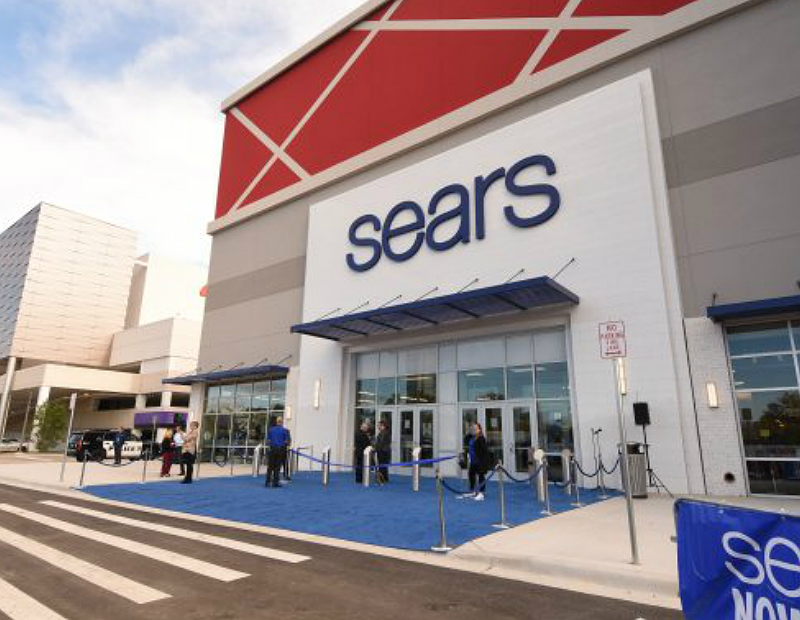
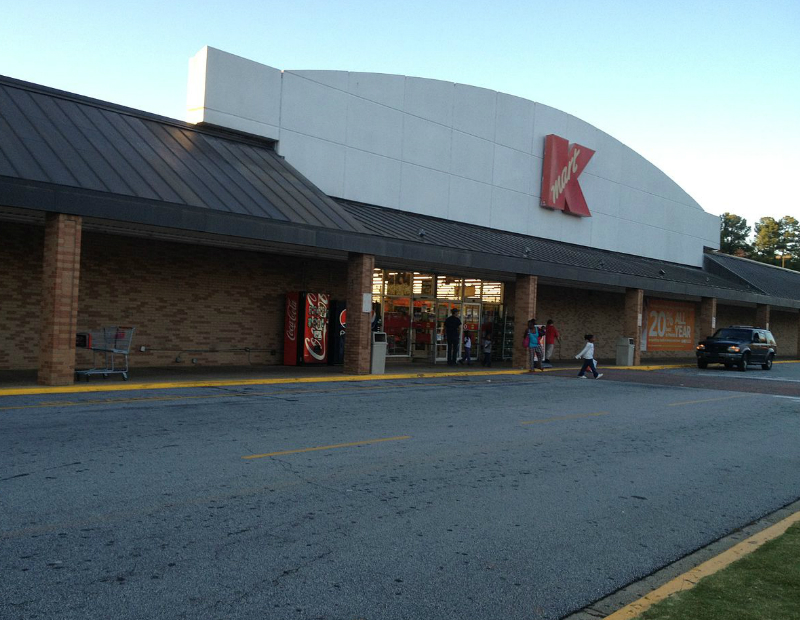
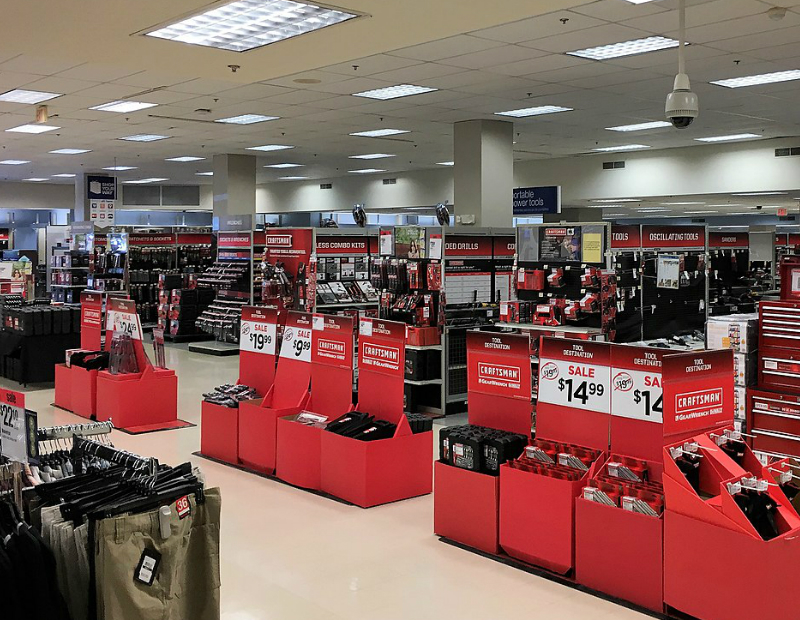
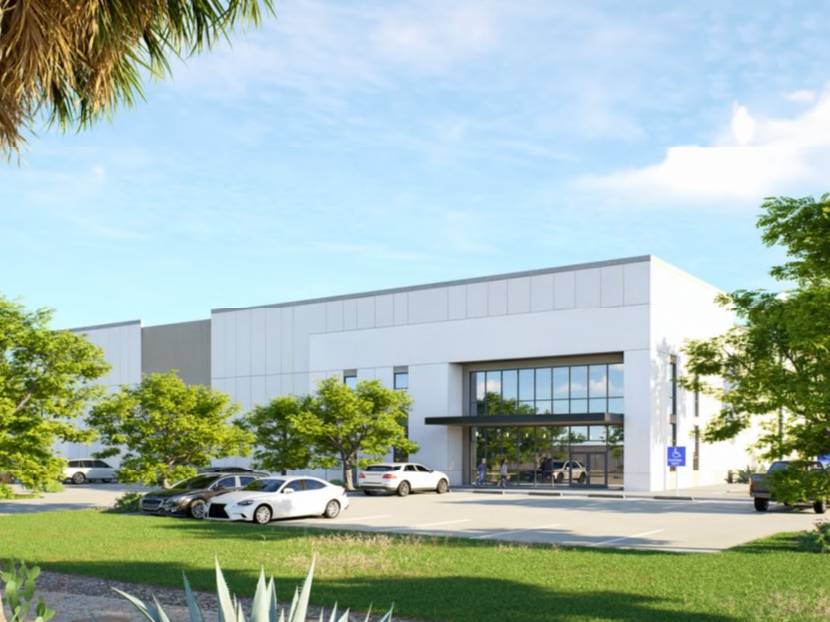

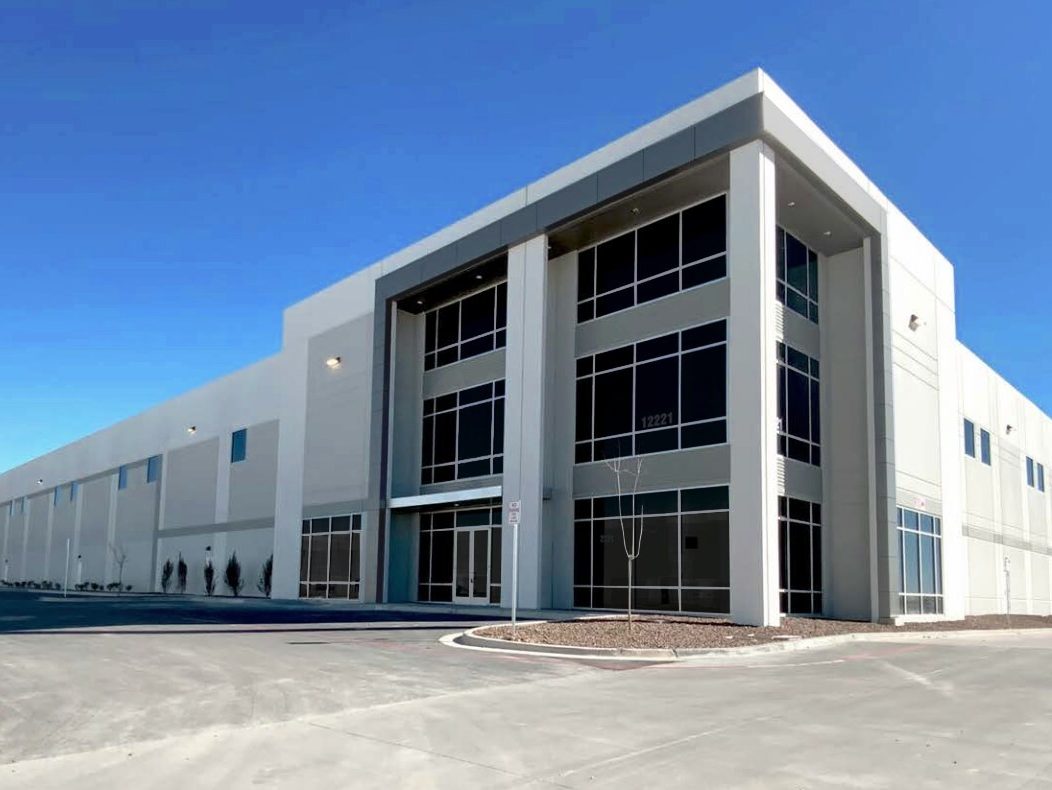
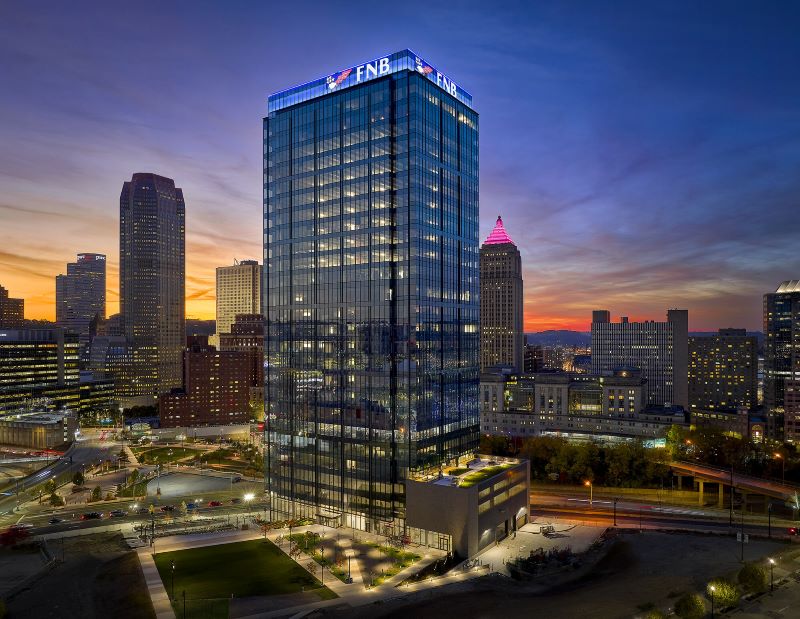


You must be logged in to post a comment.